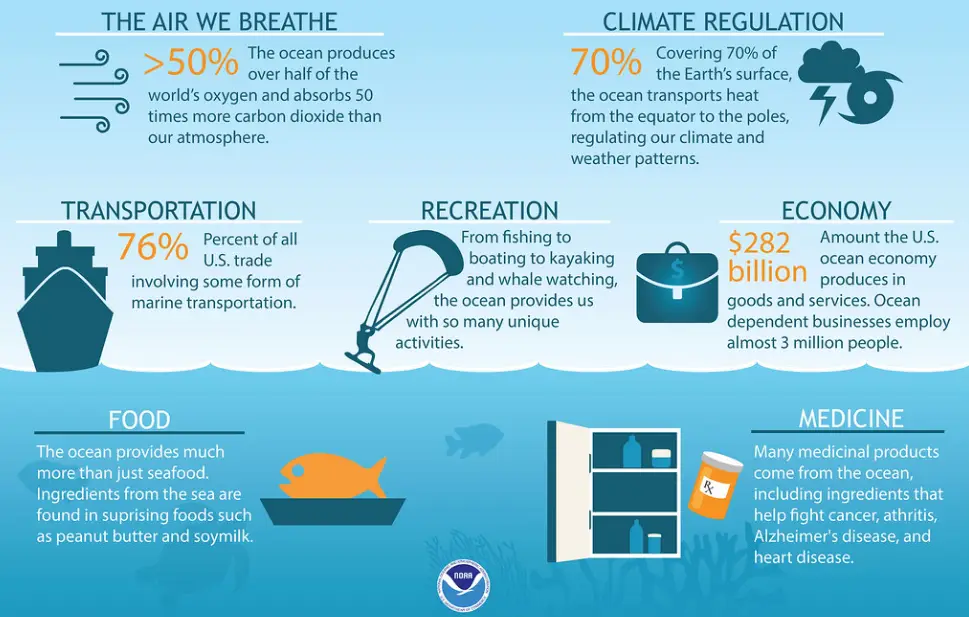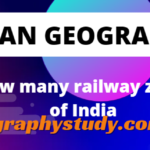Table of Contents
The Indian Ocean region holds immense geopolitical significance, playing a critical role in global trade, security, and politics. Its vast expanse and strategic location make it a key player in connecting various regions around the world. Let’s delve deeper into the geopolitics of the Indian Ocean to understand its importance and the major players involved.
### Geoeconomic Importance
The Indian Ocean region serves as a vital trading hub, linking resource-rich Africa, energy-rich Middle East, and labor markets in South Asia. This connectivity contributes significantly to the global economy by facilitating the movement of goods, services, and resources across continents.
### Security Risks
Despite its economic importance, the Indian Ocean faces numerous security challenges such as piracy, terrorism, territorial disputes, and geopolitical tensions. These risks pose a threat to the stability and peace in the region, requiring collaborative efforts from nations to address and mitigate them effectively.
### Strategic Significance
Not only is the Indian Ocean a critical trade route, but it also hosts some of the world’s fastest-growing economies. Its strategic location connects economies in the Indo-Pacific region with the Atlantic and Pacific Oceans, making it a focal point of geostrategic importance. As a result, countries are actively vying for control and influence in the region.
### Major Players in the Region
Several countries are considered key players in the Indian Ocean region. Traditional players include Australia, France, India, Japan, the United Kingdom, and the United States. However, shifting geopolitical dynamics have led to the emergence of new players such as China, the UAE, Russia, Saudi Arabia, and Türkiye. India, with its dominant presence in the eastern Indian Ocean, and France, a major player in the western Indian Ocean, assert their influence while global powers like the US and China continue to play significant roles.
### Geographical Overview
The Indian Ocean is the third-largest ocean globally, covering about 20% of the Earth’s surface water. Bordered by landmasses and an archipelago on three sides, it serves as an embayed ocean centered around the Indian Peninsula. With an average depth of 3,741 meters, the ocean provides crucial sea routes connecting regions like the Middle East, Africa, East Asia, Europe, and the Americas. Home to thirty-three nations and 2.9 billion people, the Indian Ocean accounts for a significant share of global trade and commerce.
In conclusion, the Indian Ocean’s geopolitics and geoeconomic importance underscore its role as a critical region for global affairs. Understanding the dynamics and the involvement of major players is essential in navigating the complex landscape of this vital maritime space. As nations continue to compete and cooperate in the Indian Ocean, the need for strategic partnerships and dialogue becomes increasingly important to maintain stability and prosperity in the region.
Geopolitics of the Indian Ocean
The Indian Ocean region is a critical area for global trade, security, and geopolitics. The region’s size and diversity explain its geo-economic importance, connecting the Middle East to Southeast and East Asia, as well as Europe and the Americas.
Geopolitics of the Indian Ocean

The Indian Ocean region is critical for global trade, security, and geopolitics. The region’s size and diversity explain its geoeconomic importance, connecting the Middle East to Southeast and East Asia, as well as Europe and the Americas.
The Indian Ocean is a vital trading hub, connecting resource-rich Africa and the energy-dense Middle East to South Asia’s labor markets.
The region faces a number of security risks, including piracy, terrorism, territorial disputes, and geopolitical tensions.
The Indian Ocean hosts some of the fastest-growing economies in the world and connects these economies with both the Atlantic Ocean and the Pacific, making the Indo-Pacific a region of tremendous geostrategic importance.
The region’s strategic significance has led to countries vying for control over the Indian Ocean, with India, China, and the United States expressing significant concern regarding each other’s increased presence in the region.
Major players in the Indian Ocean region
The Indian Ocean region is a critical area for global trade, security, and geopolitics, and it has several major players. According to various sources, the traditional players in the region include Australia, France, India, Japan, the United Kingdom, and the United States.
These countries continue to expand their presence in the Indian Ocean, while shifting geopolitical conditions have led to the emergence of new players such as China, the UAE, Russia, Saudi Arabia, and Türkiye.
India is considered the dominant player in the eastern Indian Ocean, while France is a major player in the western Indian Ocean.
The United States, China, and India are also considered significant players in the region.
The Indian Ocean Rim Association, which includes countries such as Australia, Indonesia, Iran, and South Africa, is a regional forum that plays a crucial role in shaping the power dynamics in the region.

Geography of Indian Ocean region
The Indian Ocean is the third-largest ocean in the world, covering approximately 20% of the water on the Earth’s surface. It is bordered by landmasses and an archipelago on three sides, making it more like an embayed ocean centered on the Indian Peninsula. The ocean is surrounded by Africa, Asia, Australia, and Antarctica. It has an average depth of 3,741 meters and provides major sea routes connecting the Middle East, Africa, and East Asia with Europe and the Americas. The region is home to thirty-three nations and 2.9 billion people, and it is a critical trade arena, accounting for over one-third of the world’s bulk cargo traffic and two-thirds of the world’s oil. The Indian Ocean has a unique geography, with fewer islands and narrower continental shelves compared to the other major oceans.

Mutiple Choice Questions
- What is the geo-economic importance of the Indian Ocean region?
A) It connects the Middle East to Southeast and East Asia, as well as Europe and the Americas
B) It is a major hub for technological innovation
C) It is home to the largest population in the world
D) It has no strategic significance
Explanation: The correct answer is A. The Indian Ocean region’s geo-economic importance lies in its ability to connect the Middle East to Southeast and East Asia, as well as Europe and the Americas.
- Which countries are considered as major players in the Indian Ocean region?
A) Canada and Brazil
B) Russia and Saudi Arabia
C) Australia, France, India, Japan, United Kingdom, United States
D) Germany and Spain
Explanation: The correct answer is C. The major players in the Indian Ocean region include Australia, France, India, Japan, the United Kingdom, and the United States.
- What is the average depth of the Indian Ocean?
A) 1,000 meters
B) 2,500 meters
C) 3,741 meters
D) 5,000 meters
Explanation: The correct answer is C. The Indian Ocean has an average depth of 3,741 meters.
- Which organization plays a crucial role in shaping the power dynamics in the Indian Ocean region?
A) NATO
B) UNICEF
C) Indian Ocean Rim Association
D) Red Cross
Explanation: The correct answer is C. The Indian Ocean Rim Association plays a crucial role in shaping the power dynamics in the Indian Ocean region.
Brief Summary | UPSC – IAS
The Indian Ocean region is crucial for global trade, security, and geopolitics due to its size and diversity connecting various regions. It serves as a trading hub linking resource-rich Africa and energy-dense Middle East to South Asia’s labor markets. The region faces security risks such as piracy, terrorism, and geopolitical tensions. Major players in the region include traditional countries like Australia, India, and the United States, as well as emerging players like China and the UAE. The Indian Ocean is the third-largest ocean in the world and is bordered by landmasses, making it a key trade route. With 2.9 billion people and one-third of the world’s bulk cargo traffic, the Indian Ocean is a critical area of geostrategic importance.






